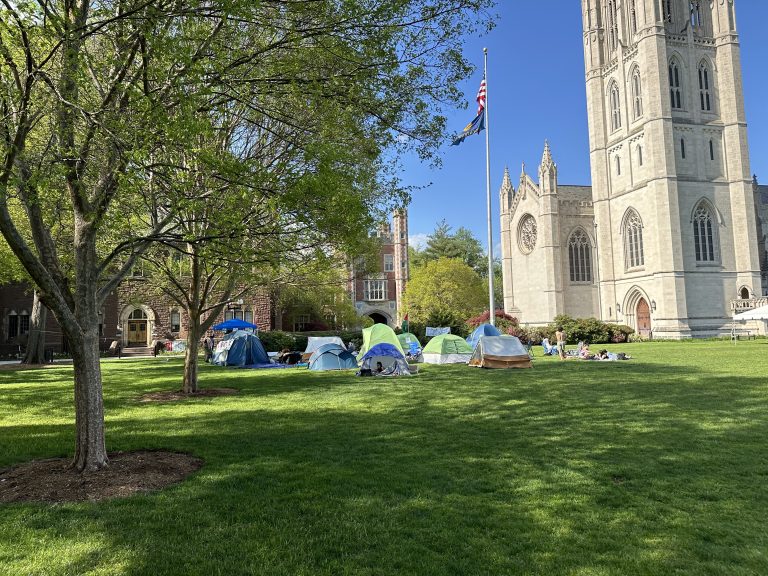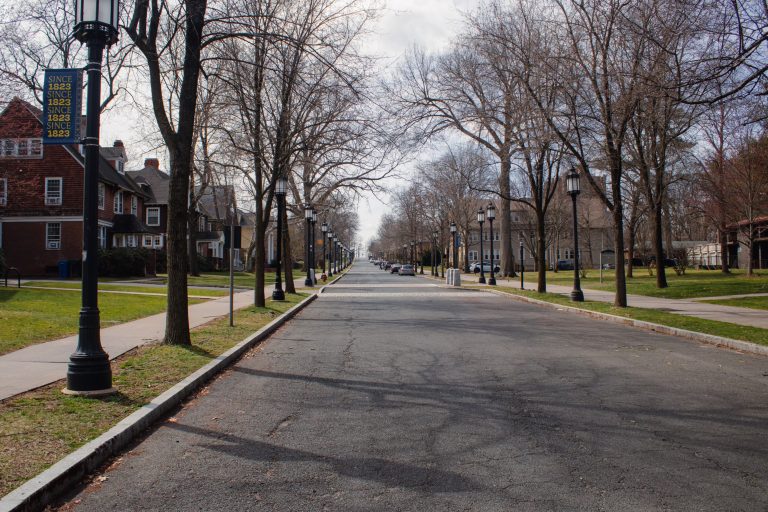by Molly Schineller ’18
Contributing Writer
Angel Pérez, vice president for enrollment and student success, explains, “Success in college is not just based on grades and test scores.”
As most Trinity students know by this point, applications for incoming students no longer require inclusion of test scores. What most students have not heard, however, are the qualities that the admissions committee plans to highlight in new students instead.
Per the Admissions website, Trinity’s updated policy involves an “emphasis placed on high school transcripts, recommendation letters, leadership positions, work history, involvement in school and community activities, and other characteristics that predict success.” Most components to be considered here are classic of a holistically impressive application, but what will differ for the incoming class of hopeful students are the ‘other characteristics’ mentioned prior.
These personal qualities will strive to counter the close-mindedness and exclusivity that many students have voiced dissatisfaction with. Pérez explains that the admissions committee is looking for a class of students possessing genuine “empathy, curiosity, optimism, and deep thinking, among many [other qualities].” Individuals possessing these qualities will likely be more driven to become valuable contributors to Trinity’s social and academic communities, and will bring new voices to the table that have been relatively quiet at the College in the past.
Trinity is not alone among NESCAC schools hoping to make a change. Bates College, Bowdoin College, Colby College, Connecticut College, and Wesleyan University all are involved in the movement towards test-optional applications as well. Bates’ Dean of Admission Leigh Weisenburger has spoken to the success of the College’s policy, noting, “Your high school transcript is a much bigger story than standardized test scores.” Having used a test-optional policy for twenty years, Bates’s admission process is tried and true. Bowdoin’s application has been test-optional even longer, removing the SAT and ACT requirement in 1969 and fostering a thriving community. While some other NESCAC schools embracing this policy are relatively new to it, applicant analytics will likely behave in a similar manner.
This qualitative shift of Trinity’s application has involved some changes in the actual review procedure. In an effort to give every student a fair chance regardless of scores, Pérez’s committee will “read every application at least twice and then talk about each file in admissions committee.” To speed up the pre-reading process of file examination, the committee has also implemented a new online reader system, allowing for closer attention to be paid to the subjective pieces of each application.
When asked whether these policy changes will be successful, some students have been mildly skeptical, but still optimistic about the apparent trend of positive changes. Jordan Politz ‘17 says that, while she appreciates seeing Admissions “taking new approaches to diversify the incoming class,” she does not think this will solve the problem. Politz says, “I don’t think enough students who embrace those qualities and come from those backgrounds are applying here. The issue is not that these students are being rejected from Trinity, I think they’re just not applying in the first place.”
Other students have expressed different concerns. Milosz Kowal ‘18 notes, “It’s certainly a good idea, but execution of it has to be really carefully done. It’s still important to place the emphasis on objective standards like transcripts and community involvement, and the personal qualities should be just a supplement.” Kowal’s concern here centers on the idea of test-optional applications drawing in less academically qualified candidates.
Pérez has indirectly countered both statements in the past by explaining that the policy changes should attract students to the school who would have otherwise been deterred by the test-score requirement. These students are not necessarily less capable of success in an academically rigorous environment, but may simply not excel in standardized tests or may not have been able to receive the same amount of test preparation as students who score highly. Despite these fair arguments, Kowal and Politz’s statements regarding incoming applicants may still ring true.
Pérez says, “While I can’t predict future student behavior, I know that paying closer attention to [certain] characteristics will help bring in students who care deeply about others and want to be part of an inclusive, diverse community.” By focusing on students who possess genuine qualities of kindness, caring, and acceptance, the new admissions policies intend to welcome a class that will foster a strong, proud community.
With these new changes may come unexpected twists and turns, but ultimately they will bring about a change that has been much needed at this school for over a decade.








+ There are no comments
Add yours